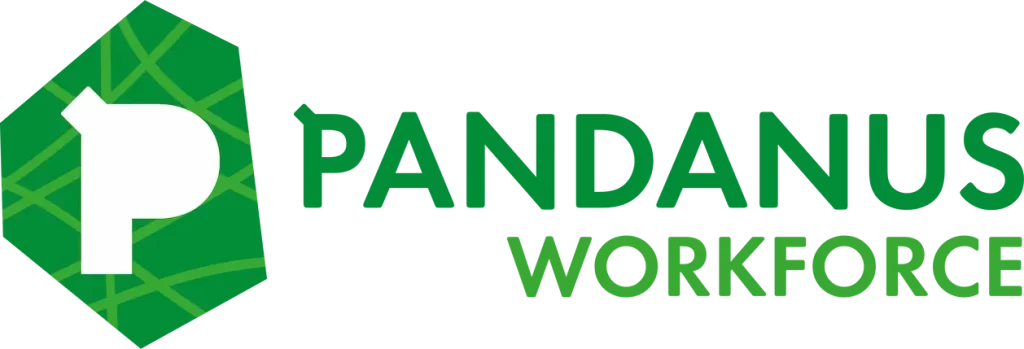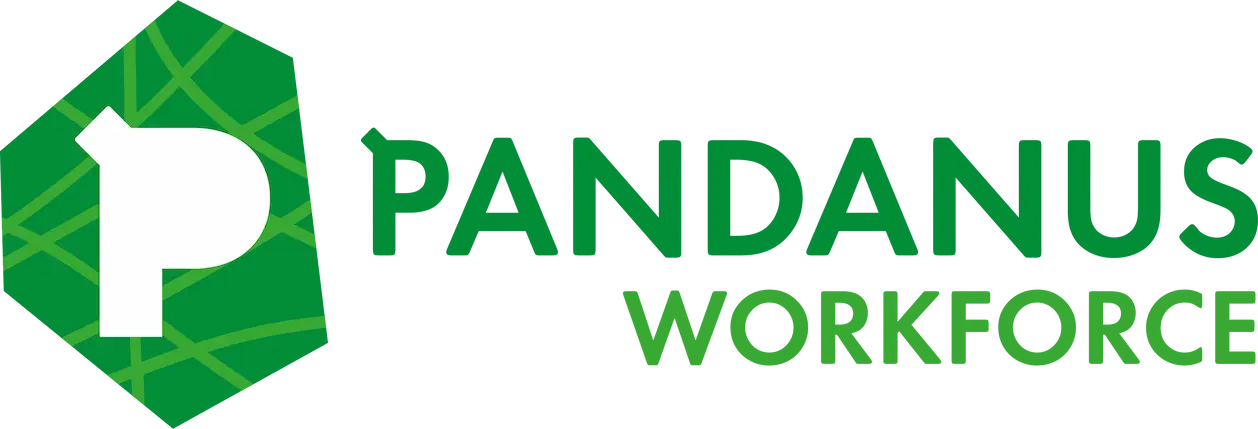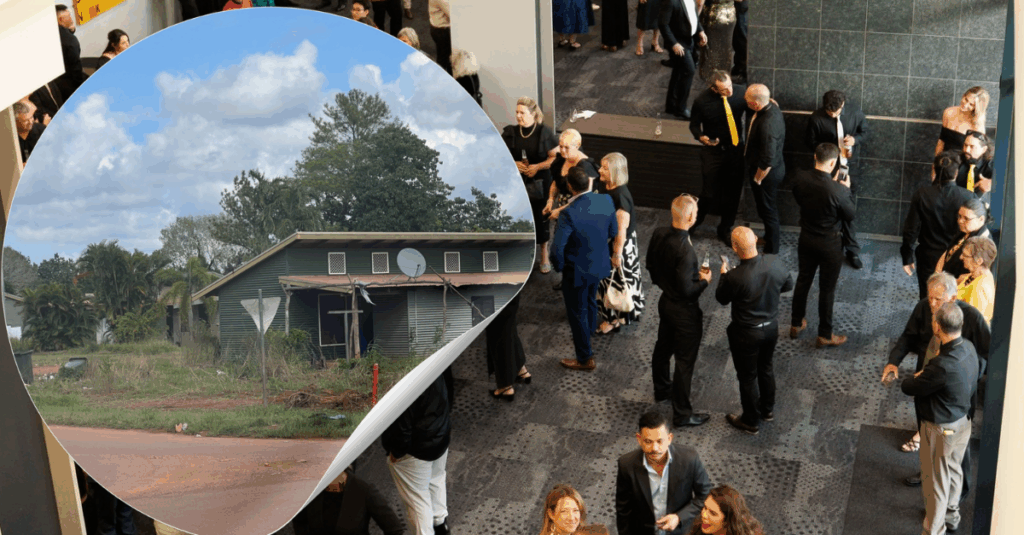And How to Get It Right From the Start
Spending on renewable infrastructure is forecast to peak at $20 billion in 2026, driven by the Federal Government’s 82% renewables target by 2030. But while investment is surging, concerns remain around workforce capability, putting pressure on project delivery, safety, and community expectations.
From solar farms and wind installations to hybrid battery systems and hydrogen hubs, as the industry grows, so too does the complexity of delivering these projects on time, on budget, and with the right people on the ground.
But despite the innovation driving the sector, many renewable energy projects continue to falter on one critical point: workforce planning.
Not because there’s a complete absence of labour, but because the planning is often too late, too loose, or lacking local understanding. The result is delayed timelines, compliance headaches, and a scramble for skilled workers just as shovels hit the ground.
We’ve seen it play out time and again, on remote solar farms in Queensland, wind projects in New South Wales, and regional battery rollouts in WA. Underprepared crews, rushed inductions, and avoidable on-site issues where margins are tight and every day lost is money gone
Here are four common workforce planning mistakes renewable projects make and how Pandanus Workforce can help you avoid them.
Mistake #1: Leaving Renewable Workforce Planning Too Late
Too often, workforce planning is treated as an afterthought, squeezed in after the contracts are signed and the timeline is already ticking. But, engaging your workforce should be part of early-stage project design. Labour is not a plug-and-play resource, especially when your project is in a remote or regional location, or when it requires specific skill sets like electrical certs, working at heights, or renewable-specific experience.
At Pandanus Workforce, we work alongside project managers from the planning phase, helping forecast labour needs by stage, ensuring you have the right number of boots on the ground, before you break ground.
Mistake #2: Assuming Renewable Talent Will Be Available
The renewable energy jobs market is heating up and skilled labour is in demand all across the country. Just assuming that talent will be ready and available when you send out your RFQ is not a plan – it’s a gamble!
In fact, the Clean Energy Australia Report 2025 identified labour shortages as one of the top three challenges across almost every renewable sector last year. That means you’re not just competing for workers, you’re competing with dozens of other projects also trying to scale up, often in the same regions.
Local labour pools may already be committed to other builds, or worse, may not hold the certifications required for your site. Add in accommodation limitations, FIFO scheduling, and onboarding delays, and suddenly your carefully mapped Gantt chart starts to slip.
That’s why Pandanus Workforce maintains an active network of pre-qualified, renewables-experienced workers, many already inducted, ticketed, and site-ready. Our recruitment isn’t reactive, it’s continuous, ensuring that when your project moves, your workforce is ready to move with it.
Mistake #3: Not Prioritising Local or Indigenous Hiring
The Clean Energy Council’s First Nations Engagement Guide puts it plainly:
“Meaningful engagement with First Nations communities is an essential part of delivering a renewable energy project responsibly and successfully.”
Too many projects still treat Indigenous hiring and engagement as a compliance task and not a workforce strategy. But engagement that’s transactional rather than relational doesn’t just fail to deliver impact, it risks delays, community backlash, and reputational damage.
At Pandanus Workforce, we embed Indigenous workforce participation into the planning phase, not the handover. We work in partnership with Traditional Owners and local communities to support real jobs, mentoring, and training so that your project is aligned with the latest industry standards and community expectations.
Mistake #4: Overlooking Induction, Onboarding & Site Readiness
Even with a solid workforce plan, things can go sideways quickly if onboarding is left to chance. We’ve seen workers turned away on Day 1 due to missing PPE, expired tickets, or incomplete site inductions.
It’s not just frustrating – it’s expensive.
Our team manages end-to-end workforce readiness, ensuring all workers arrive site-ready, with inductions completed, documents in order, and expectations clear. We coordinate site-specific requirements ahead of time so your team can hit the ground running, not waiting.
The Right Workforce Doesn’t Just Happen
In the race to deliver clean energy projects, workforce strategy can’t be a footnote. It needs to be central, planned with the same care as procurement, logistics, and engineering.
Because in renewable energy, where timing is tight and standards are high, the right people make all the difference.
Ready to take the guesswork out of workforce planning?
Don’t let labour shortages, onboarding delays, or compliance gaps derail your next renewable project.
Pandanus Workforce connects you with the right people, ready, qualified, and committed.
Let’s build a smarter, stronger renewable energy workforce, together.
Contact Pandanus Workforce today.






